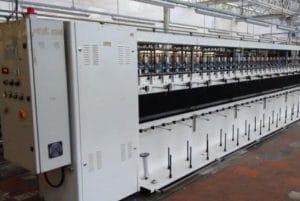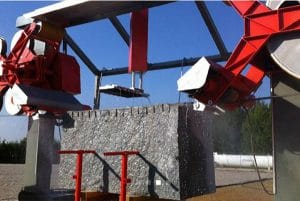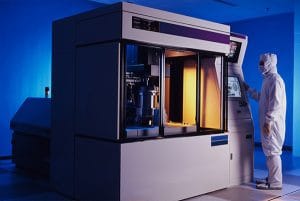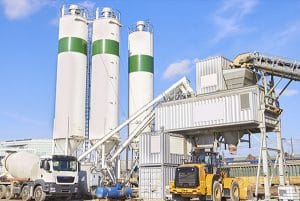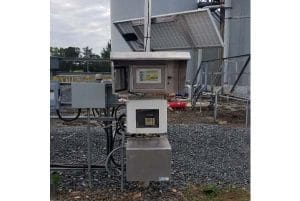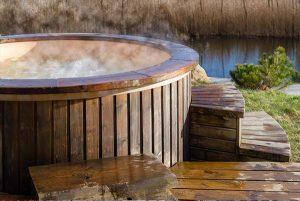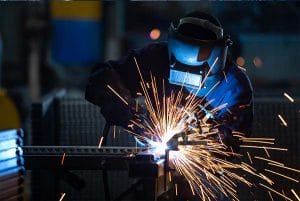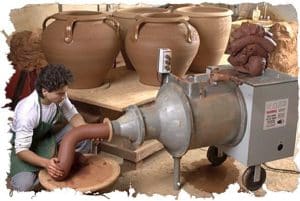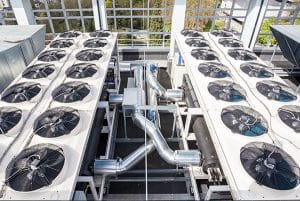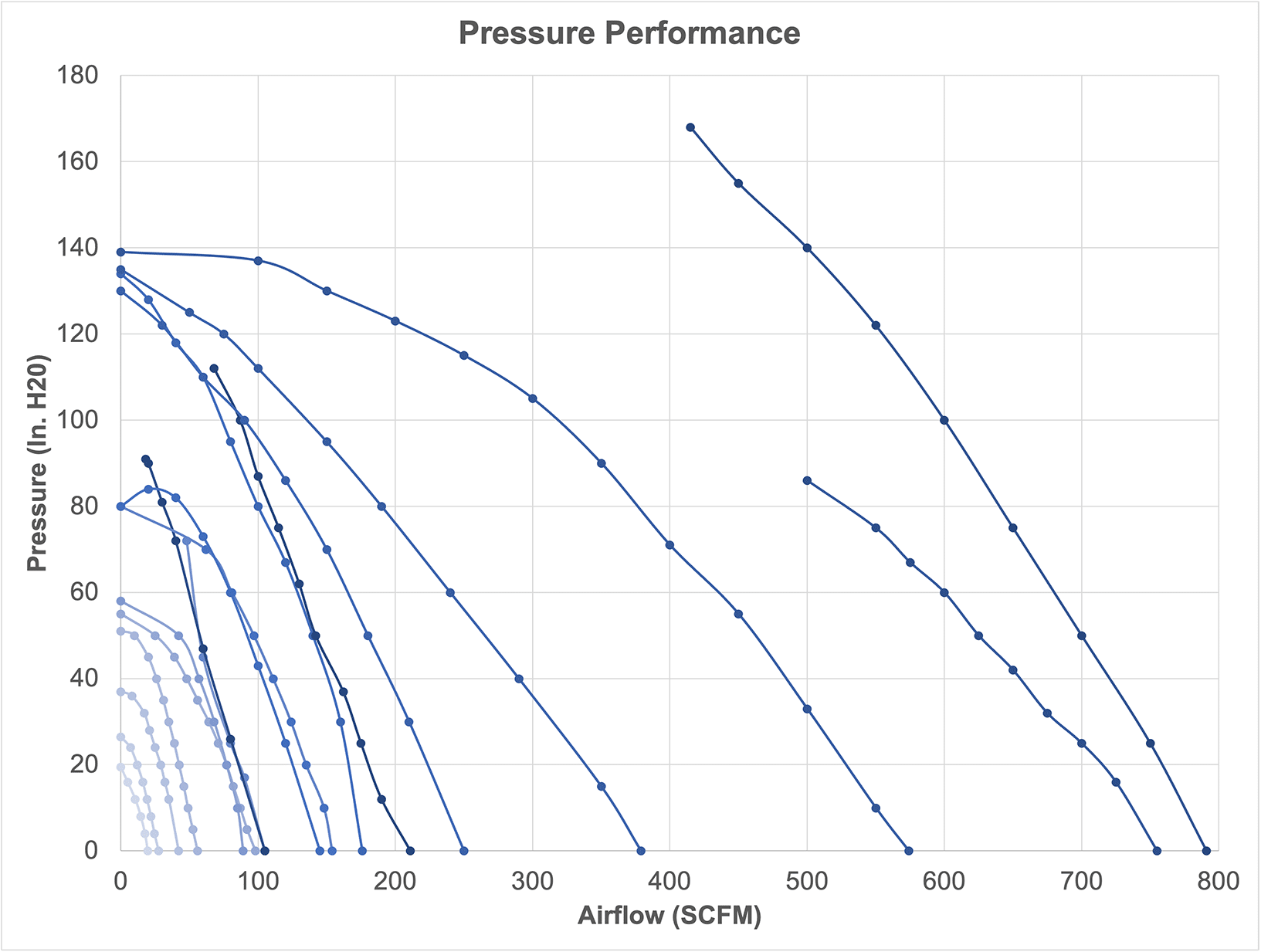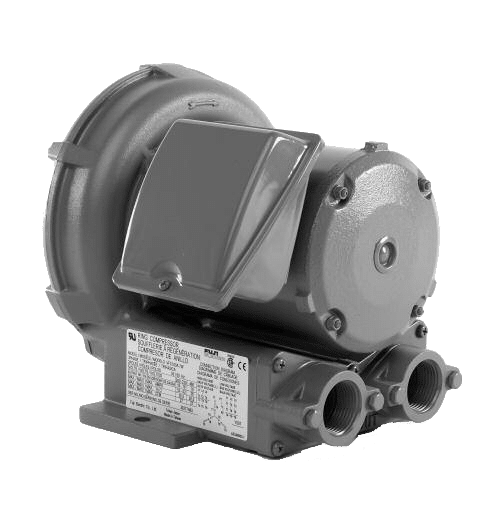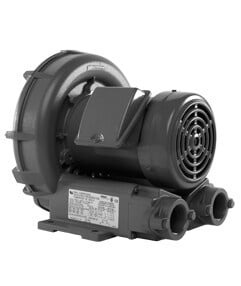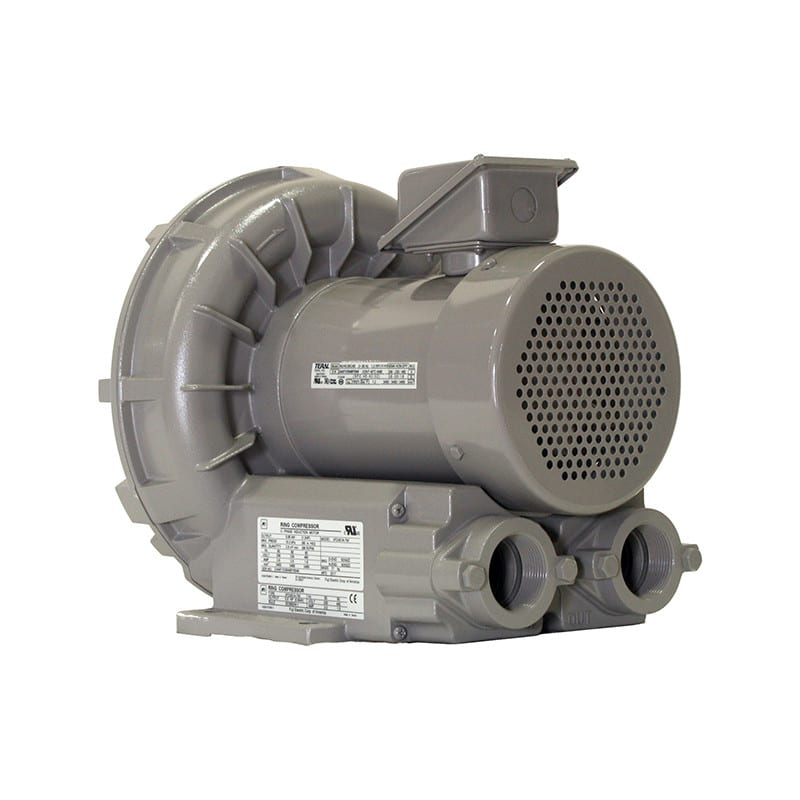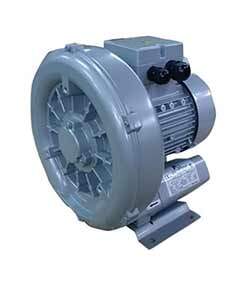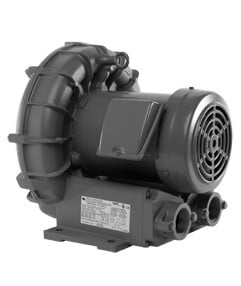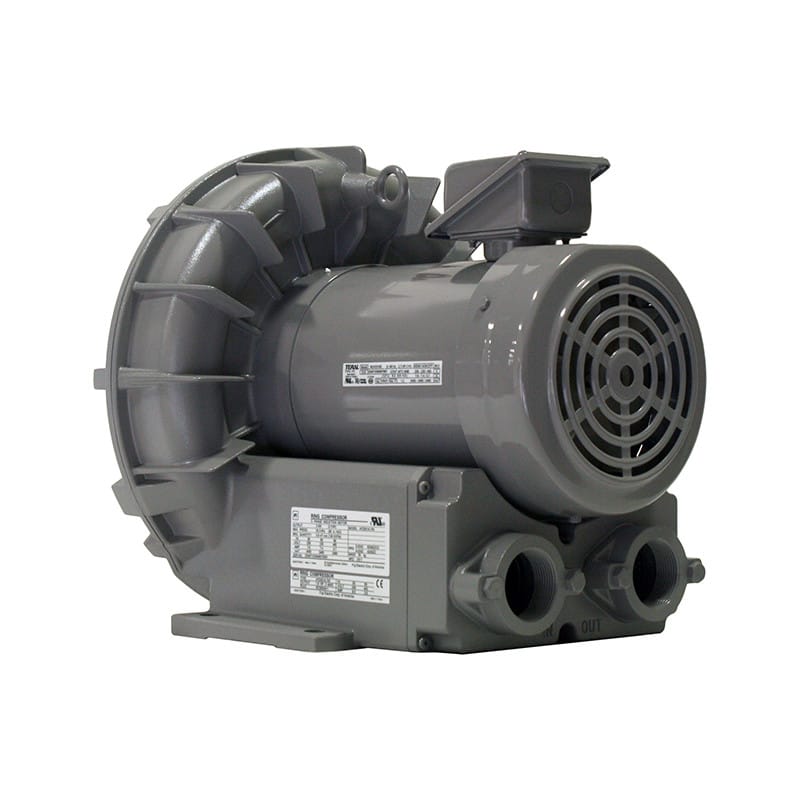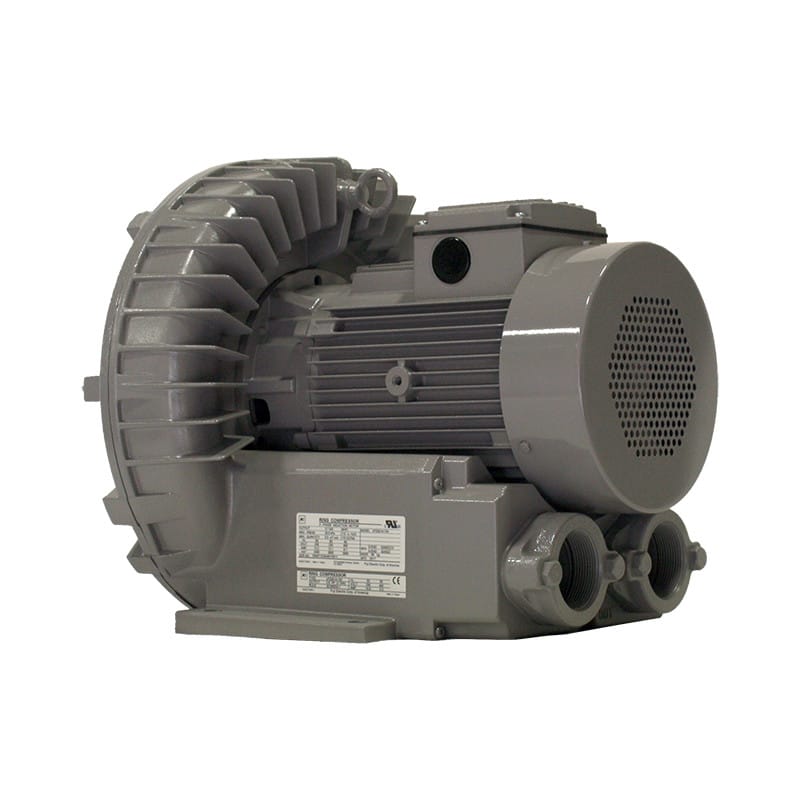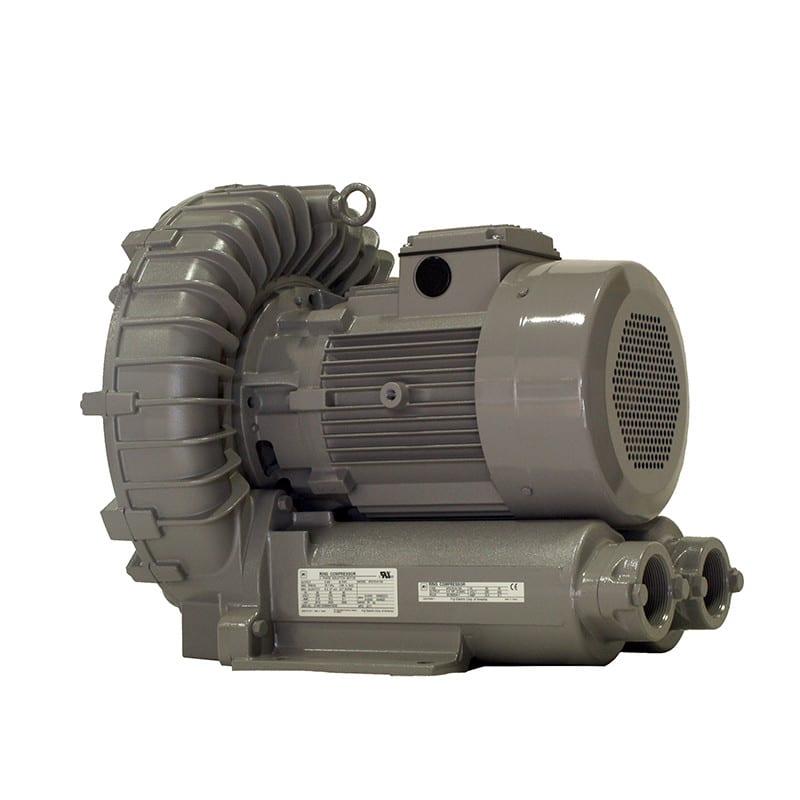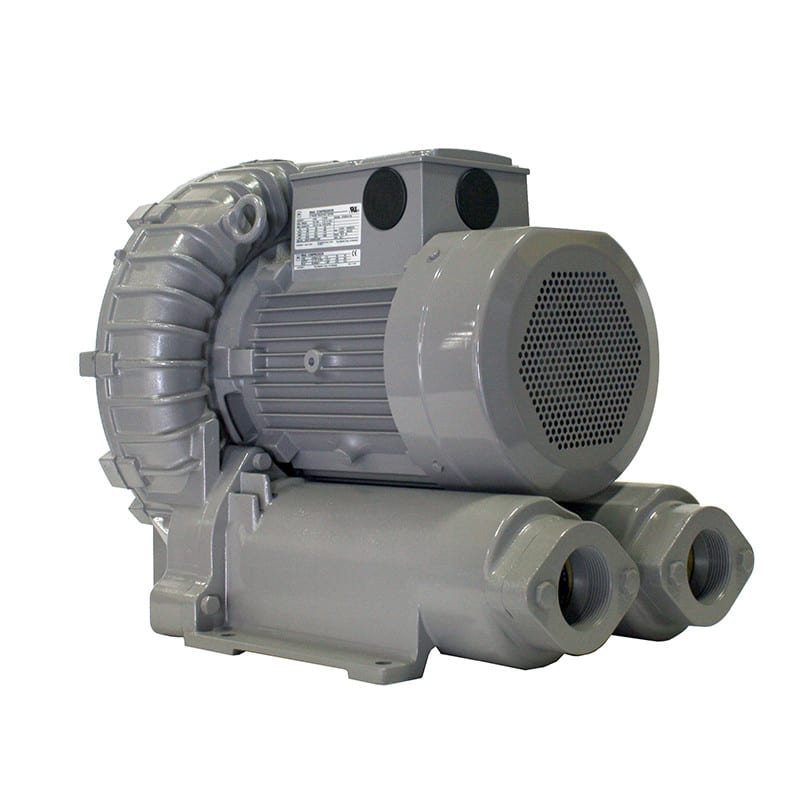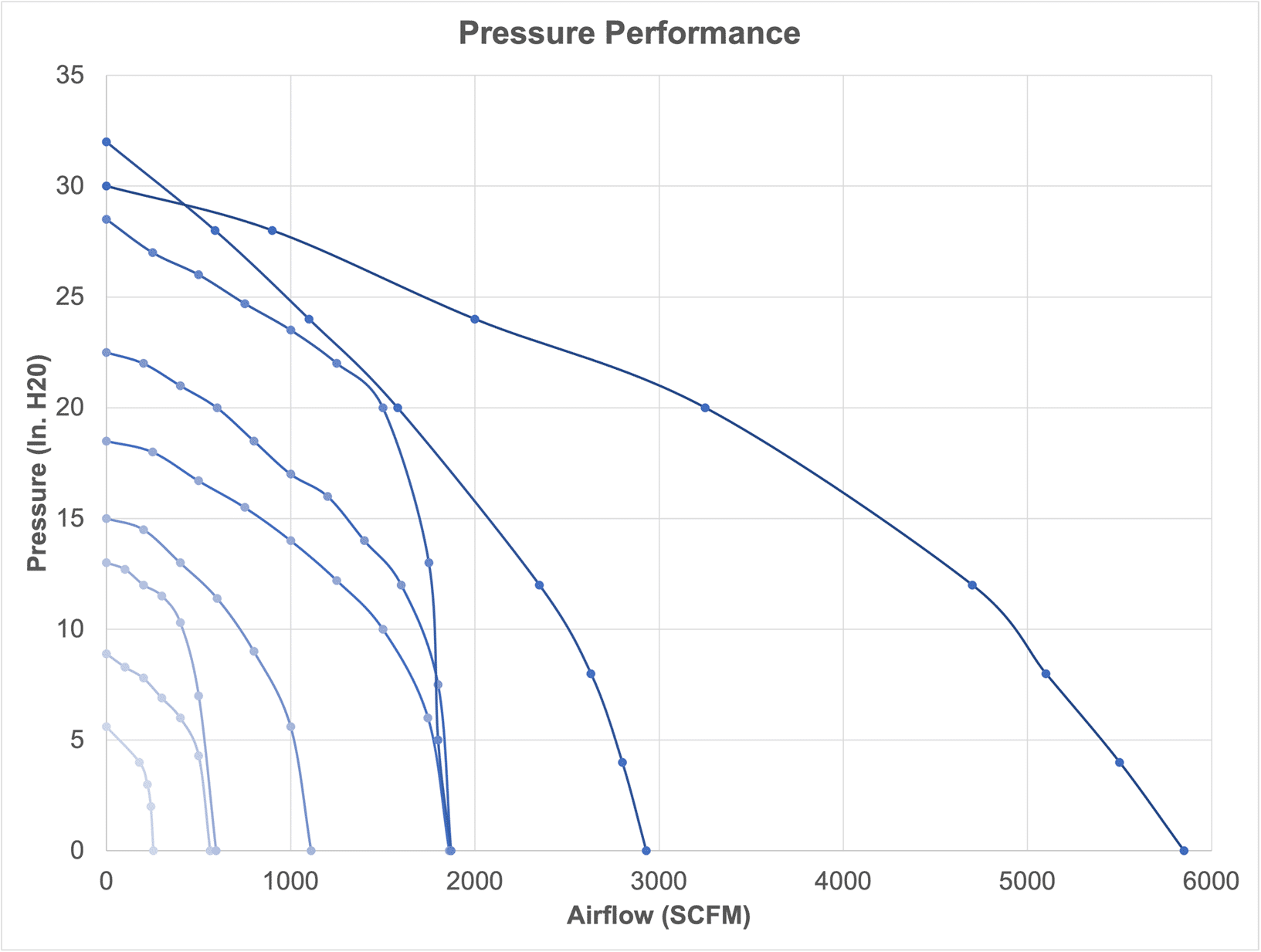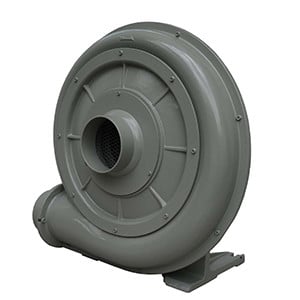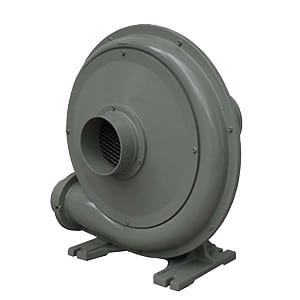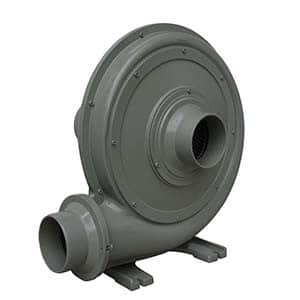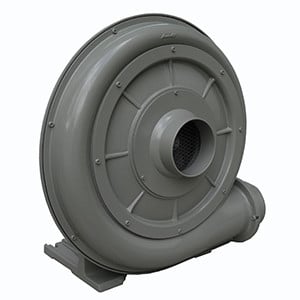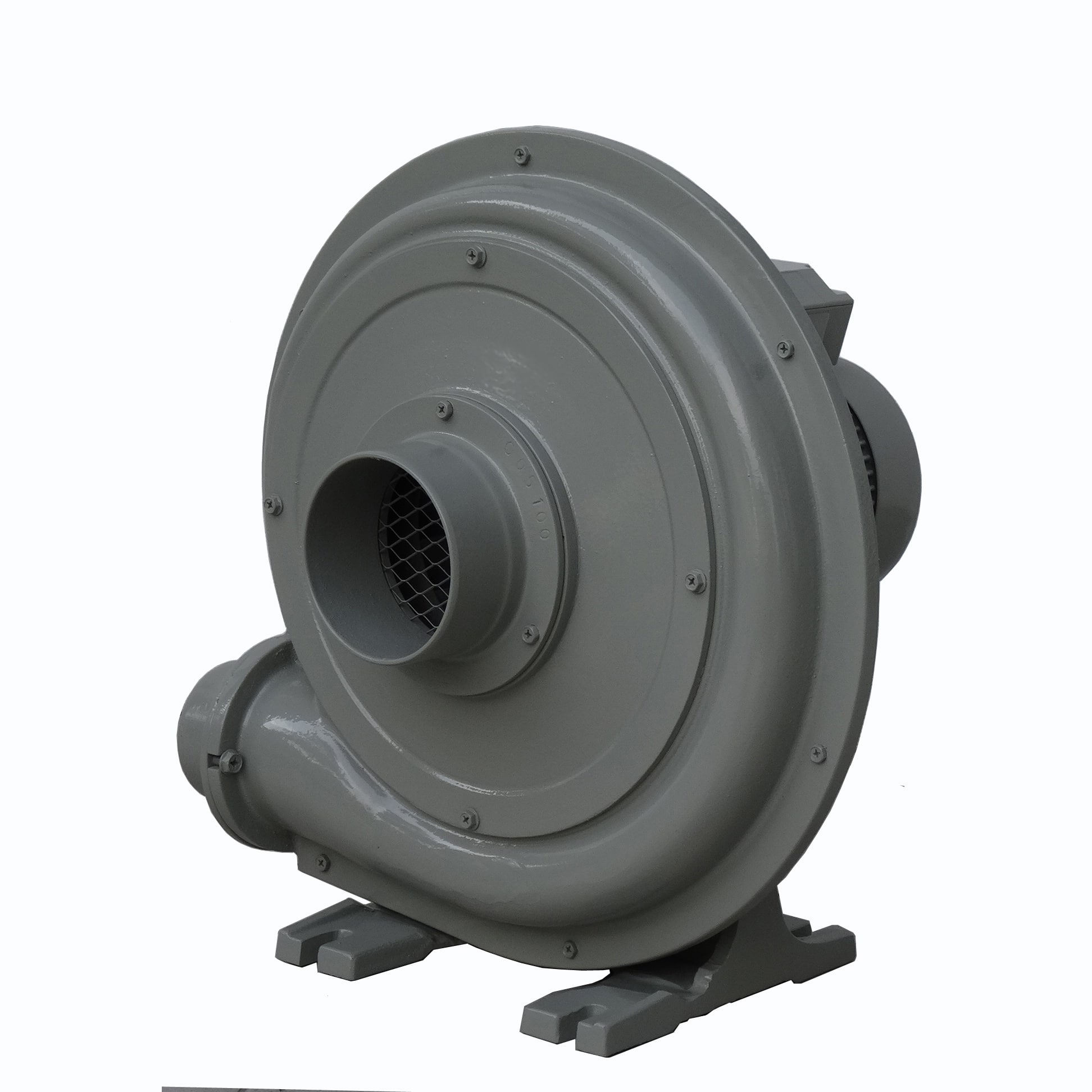When selecting a Molded Case Circuit Breaker (MCCB) or an Earth Leakage Circuit Breaker (ELCB), there are specific characteristics to consider to ensure they meet your application’s requirements effectively. Here are the key factors for each:
For Molded Case Circuit Breakers (MCCBs):
- Current Rating: It’s crucial to choose an MCCB with a current rating that matches or exceeds the maximum current expected in the circuit.
- Breaking Capacity: The breaker’s ability to interrupt fault currents. High breaking capacity is essential in systems with high fault levels.
- Trip Characteristics: MCCBs can have thermal-magnetic or electronic trip units. The choice depends on the level of protection required (like instantaneous, short-time, long-time, and ground fault protections).
- Adjustable Trip Settings: Some MCCBs offer adjustable settings for more precise protection, allowing you to set the trip thresholds based on your system’s needs.
- Voltage Rating: Ensure the MCCB’s voltage rating is suitable for your system’s operating voltage.
- Number of Poles: Depending on your circuit configuration, choose an MCCB with the appropriate number of poles (single, double, triple, or four-pole).
- Size and Physical Dimensions: Consider the physical size for fitting in your electrical panel or equipment.
- Environmental Conditions: Assess the operating conditions, like temperature, humidity, and the presence of corrosive or conductive dust.
- Accessories: Look for available accessories like auxiliary contacts, shunt trips, and undervoltage releases if your application requires them.
- Standards and Certifications: Ensure the MCCB meets relevant safety and quality standards.
For Earth Leakage Circuit Breakers (ELCBs):
- Sensitivity: The ELCB should have a sensitivity (leakage current rating) appropriate for the level of protection required. Common sensitivities are 30 mA for personnel protection and higher ratings for fire protection.
- Rated Current: Like MCCBs, the rated current of the ELCB should match or exceed the expected normal operating current of the circuit.
- Type: Choose between Voltage-Operated and Current-Operated (RCCB) types based on your system’s requirement.
- Tripping Characteristics: The ELCB should trip quickly enough to prevent injury or damage but not so sensitive that it causes nuisance trips.
- Test Button: A test button to regularly check its functionality is essential.
- Number of Poles: Determine whether a two-pole or four-pole ELCB is required based on your circuit configuration.
- Environmental Compatibility: Ensure the ELCB is suitable for the environmental conditions it will operate in.
- Installation Requirements: Consider ease of installation and whether the device fits into your existing electrical panel.
- Standards Compliance: The ELCB should meet relevant electrical safety standards.
Both MCCBs and ELCBs are crucial for electrical safety, but they serve different purposes. MCCBs protect against overcurrents and short circuits, while ELCBs are designed to prevent ground fault-related accidents and fires. Selecting the right device requires a balance between electrical specifications, safety requirements, environmental conditions, and compliance with standards.





